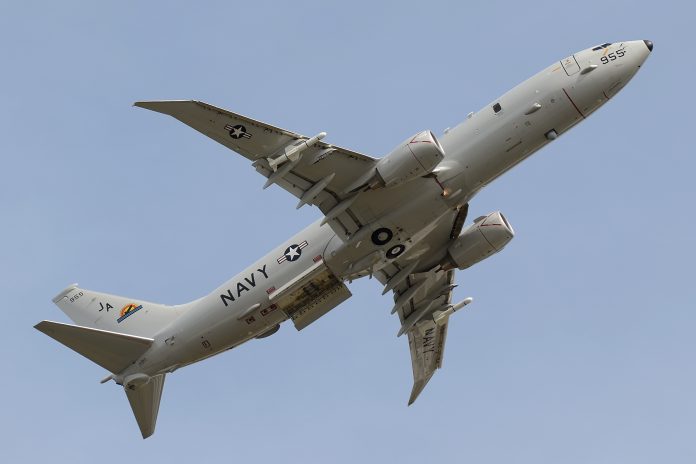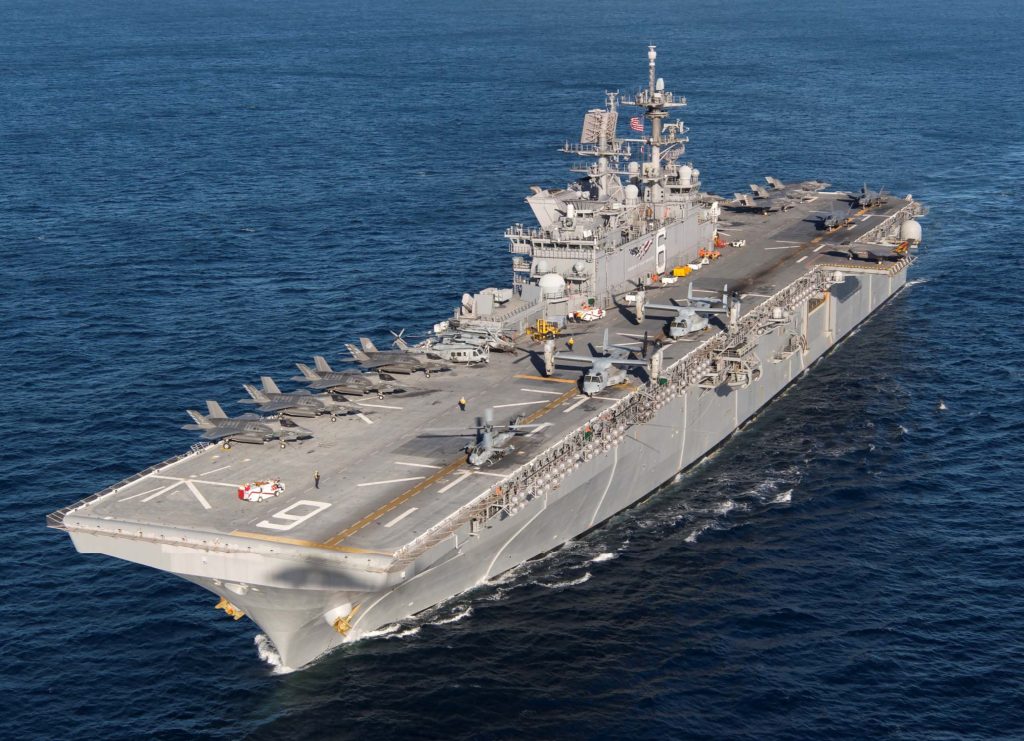
The unheralded arrival of eight American warships, a nuclear sub, and stealth fighter jets in the Caribbean has made the seas off Venezuela one of the most heavily militarized bodies of water in the Western Hemisphere. President Donald Trump’s public brags about torpedoing supposed Venezuelan narco-boats one which killed 11 individuals has fueled rumors that Washington’s goals go far beyond counternarcotics efforts.
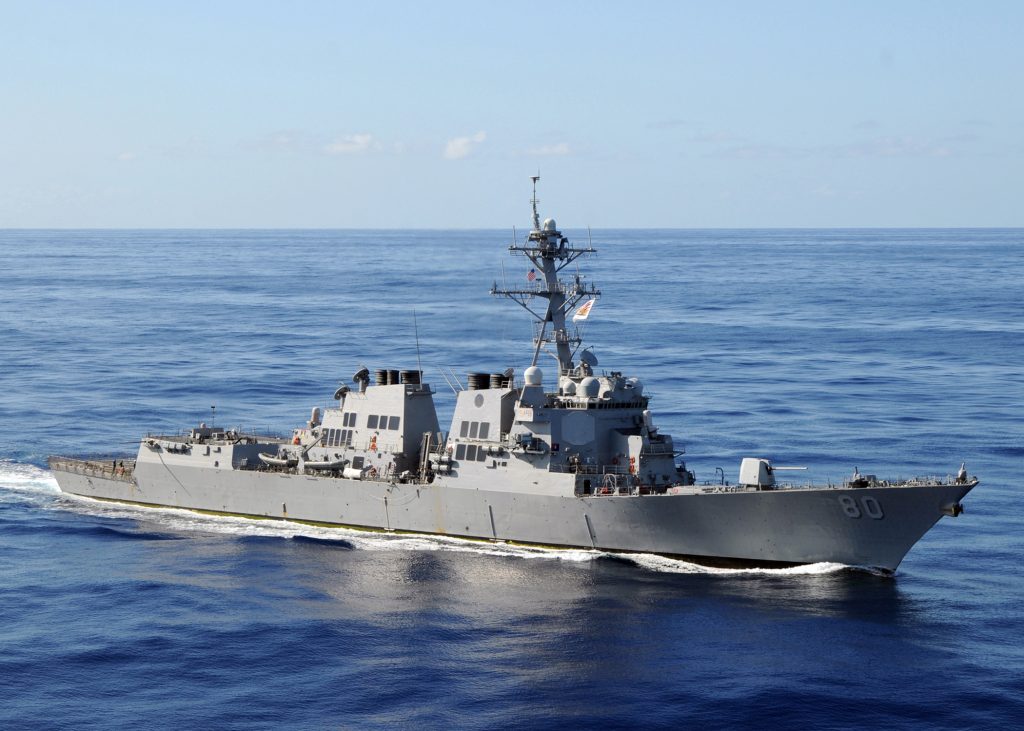
1. A Fleet Built for Precision and Reach
The U.S. naval presence consists of three Arleigh Burke-class guided-missile destroyers, the USS Gravely, USS Jason Dunham, and USS Sampson, each with the Aegis Combat System and the ability to fire Tomahawk cruise missiles that have a range over 1,000 miles. These missiles enable the ships to reach deep into Venezuelan territory without penetrating its airspace, a standoff capability that limits risk to U.S. forces while providing strategic reach. The Ticonderoga-class cruiser USS Lake Erie provides extended-range missile coverage and command capabilities, and the Freedom-class littoral combatant USS Minneapolis-Saint Paul is designed for coastal patrol and interdiction.
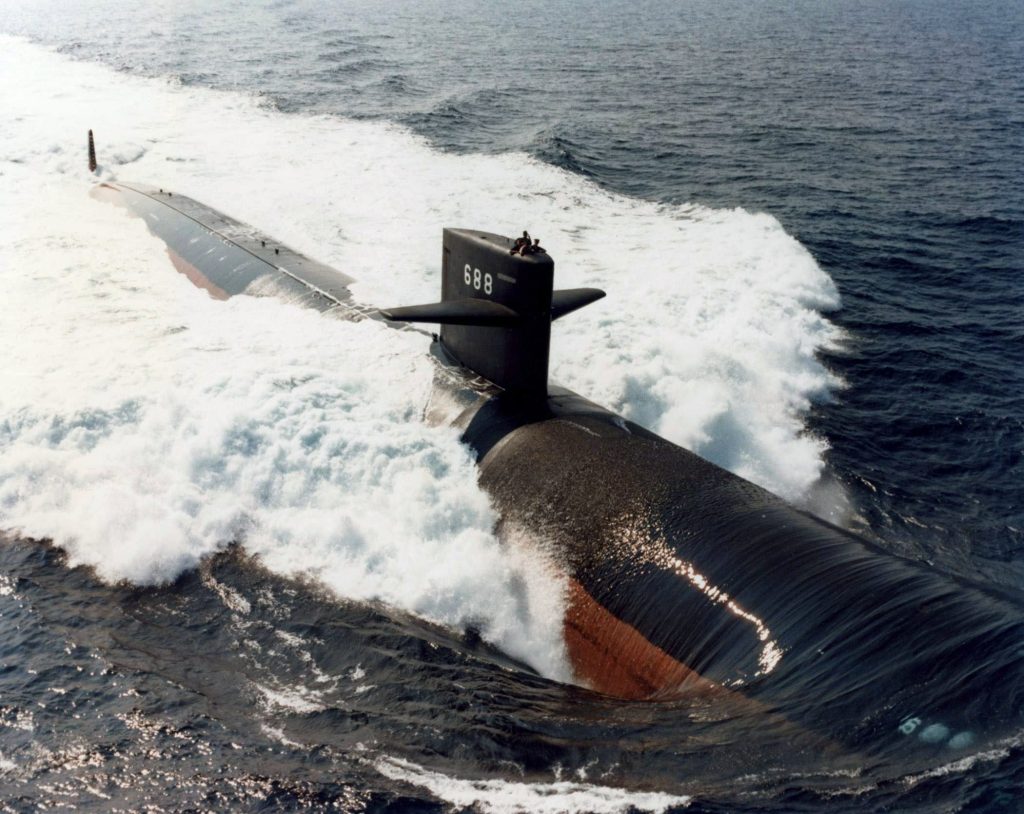
2. Subsurface Stealth and Strike Power
Working unseen beneath the waves, the Los Angeles-class fast-attack submarine USS Newport News provides surveillance and strike capability. Equipped with Tomahawks, anti-ship missiles Harpoon, and Mark 48 torpedoes, it presents a clandestine threat to land and sea targets alike. Its sophisticated sonar systems expand the task force’s reach to detect and follow ships across the Caribbean’s congested shipping lanes.
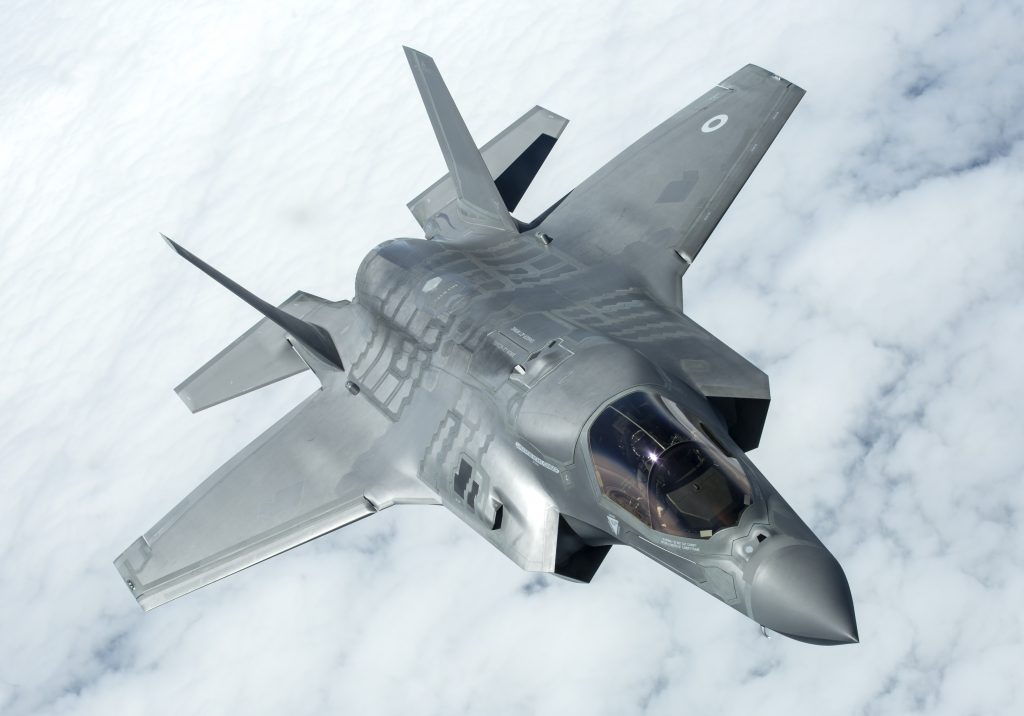
3. Air Superiority Over the Caribbean
The dispatch of 10 F-35B Lightning II stealth fighters of Marine Fighter Attack Squadron 225 to Puerto Rico represents a major escalation. Fifth-generation aircraft such as these unite radar-evading shapes and sensor fusion, allowing them to pass through defended airspace and achieve precision strikes. The F-35Bs’ vertical takeoff and short landing enable them to deploy from amphibious assault vessels such as the USS Iwo Jima, which also has MV-22B Osprey tiltrotors and AV-8B Harrier II aircraft for fast-response operations.
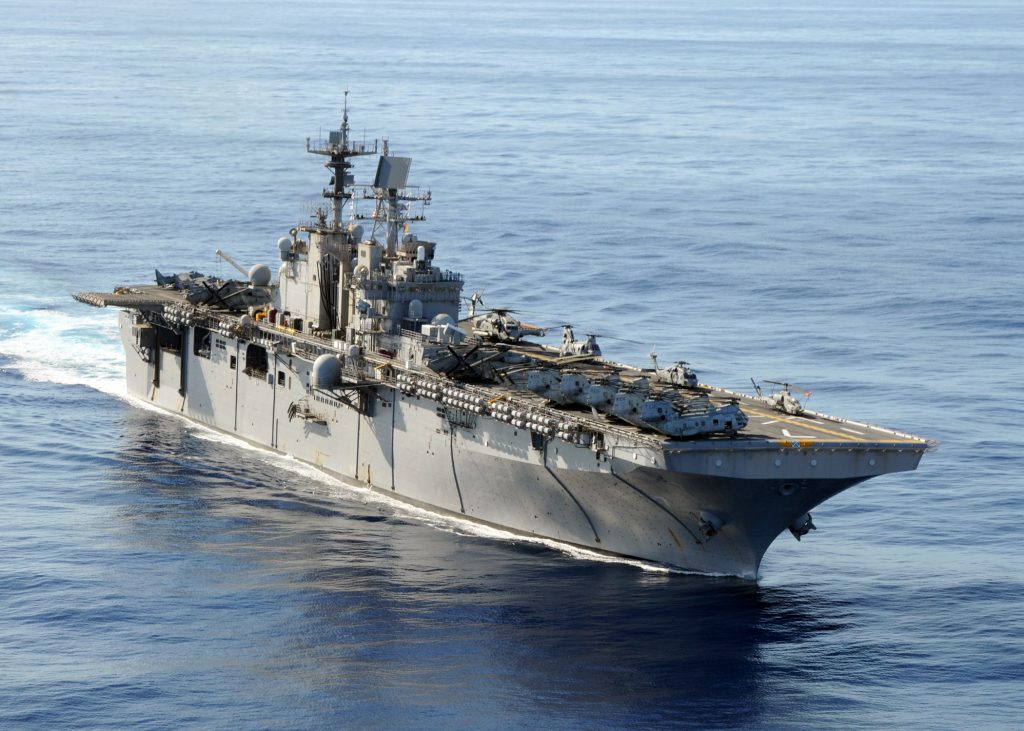
4. Amphibious Force Projection
The Iwo Jima Amphibious Ready Group USS Iwo Jima, USS San Antonio, and USS Fort Lauderdale takes aboard over 2,500 Marines of the 22nd Marine Expeditionary Unit. The ships have the capability to launch hovercraft for beach assault, ship helicopters for air assault, and support operations on shore. Although experts cite the flotilla as too small for an invasion, its makeup is suitable for targeted raids or takeover of strategic coastal points.
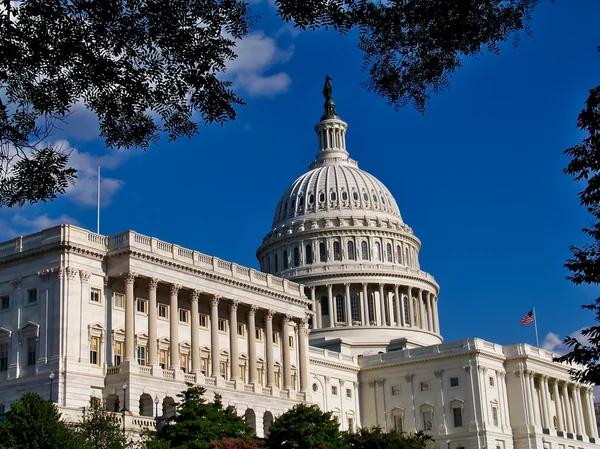
5. Legal and Political Controversy
The attacks have sparked hot contention in Washington. Congressional critics say that the use of lethal force against suspected traffickers without due process could break both U.S. and international law. “The president’s decision to employ lethal military force against civilians based on unsubstantiated assertions… is morally wrong and strategically misguided,” said Rep. Jim Himes, ranking Democrat on the House Intelligence Committee. Legal experts caution that criminal organizations would not necessarily be legitimate military targets under the UN Charter or the Law of the Sea merely because they are branded “narco-terrorists.”
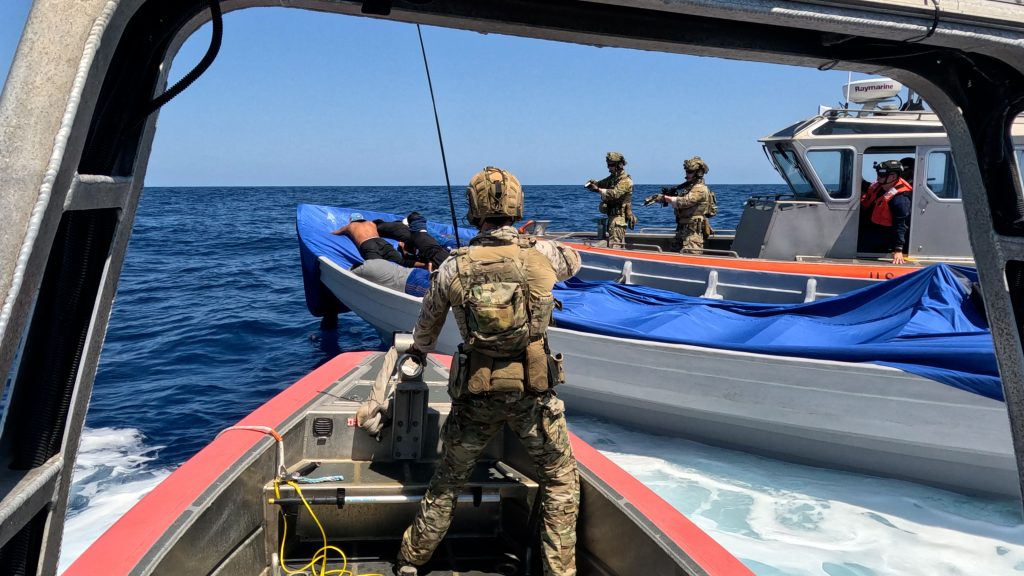
6. Rules of Engagement and Escalation Risks
Historically, maritime interdictions have relied on non-lethal disabling fire, often conducted by Coast Guard Law Enforcement Detachments. The September 2 missile strike that destroyed a vessel with its crew aboard marked a departure from that norm. As retired Marine Col. Mark Cancian observed, “Start attacking camps, and pretty soon we’re at a level of force where there’s no legal underpinning for it.” The risk of misidentification in crowded sea lanes adds another layer of danger.
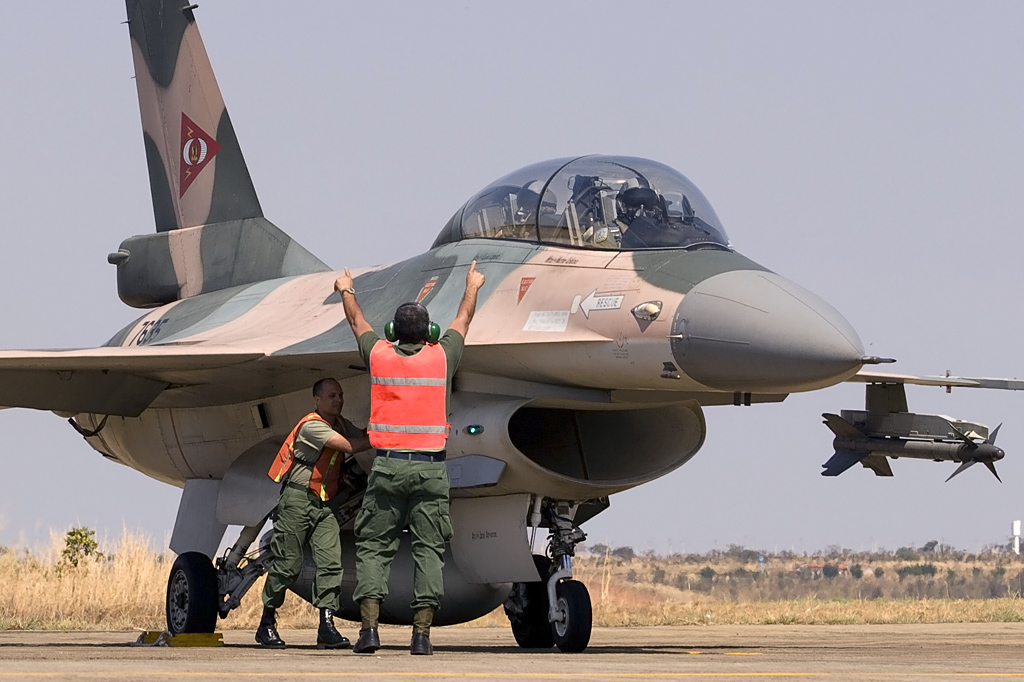
7. Venezuela’s Military Countermoves
Nicolás Maduro has reacted with sweeping mobilization decrees, reporting that he had “activated” millions of civilian militiamen. Although the reported numbers are contestable, state-sponsored drills in La Guaira have seen anti-air defense training and the establishment of roadblock defense platforms supported by heavy artillery. Venezuelan F-16 overflights of U.S. vessels have already gotten the Pentagon to reinforce its air presence with the F-35 deployment.
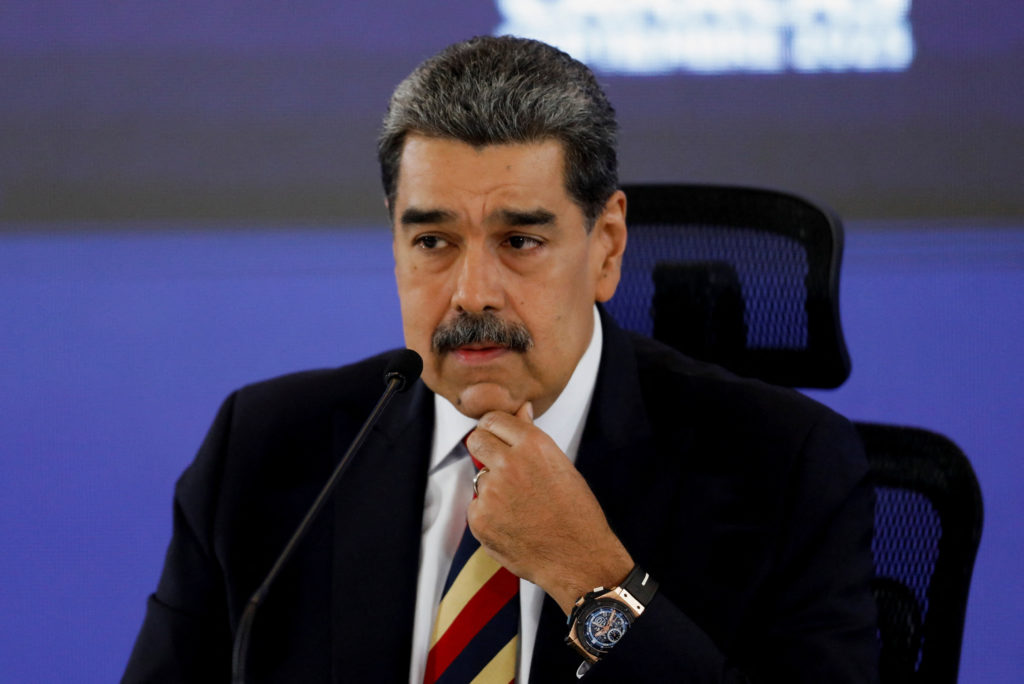
8. Strategic Signaling Outside of Counternarcotics
Defense experts interpret the operation as something greater than a counter-narcotics mission. Former U.S. Southern Command boss Adm. James Stavridis referred to the deployment as “operational overkill” to counter-smuggling, and it is instead “a clear signal to Nicolás Maduro” of either regime or behavioral change. The mixture of advanced naval, air, and subsurface assets gives Washington a menu of strike options ranging from maritime seizures to precise land attacks without entailing a ground invasion.
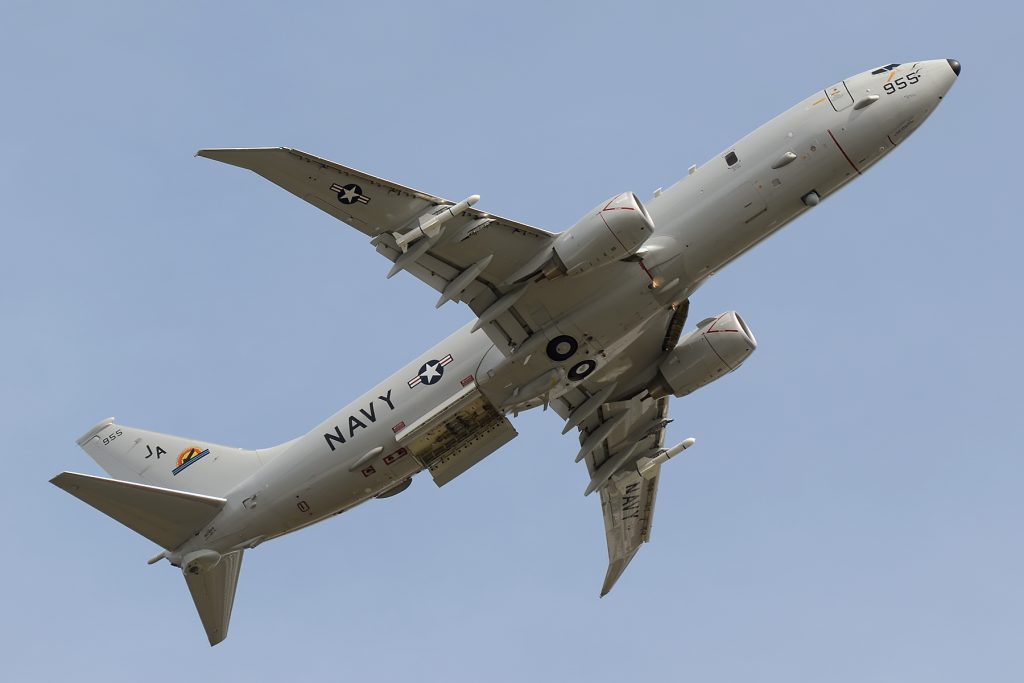
9. Intelligence, Surveillance, and Reconnaissance Backbone
P-8A Poseidon maritime patrol aircraft and MQ-9 Reaper unmanned aerial vehicles are performing sustained watch over the Caribbean, delivering targeting information to the fleet. The platforms, in conjunction with shipboard Aegis radar and submarine sonar networks, create a multi-tiered detection grid that can follow surface and aerial threats and purported smuggling corridors.
The standoff now depends on whether this hi-tech show of power is still a means of deterrence or the introduction to greater military involvement. Both Washington and Caracas are thinking ahead while being watched by regional powers, with the stability of the Caribbean at stake.
